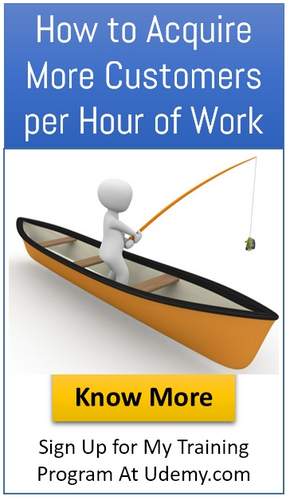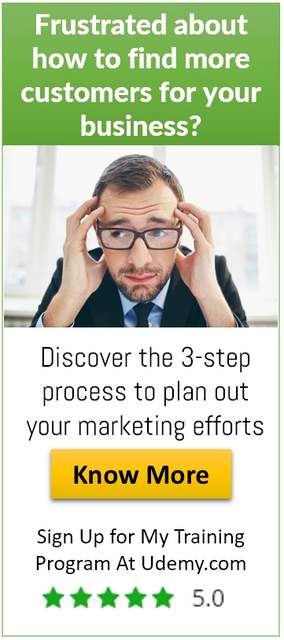Startup Sales Strategy

A startup sales strategy is a pre-requisite for the launch of a product/ service. In most of the startups, the entrepreneur himself dons the role of selling. Hence, how to locate the customers, where to sell and how to get continuous flow are the concerns most startup have to address.
A sales strategy consists of a plan that positions a company’s brand or product to gain a competitive advantage. Successful strategies help the company to focus on target market and communicate with customers in relevant and meaningful ways.
Creating a successful sales strategy requires planning and market analysis.

Image Source- Pixabay- Geralt
5 Easy Steps to Develop Your Startup’s Sales Strategy-Terence Latimer
Communicating your value proposition is one challenge startups face all the time.
If your customers don’t know what makes you different or unique from your competitors, or, more importantly, don’t see you as a solution to their problems, they’re not going to remember you when it comes time to make a purchase.
https://medium.com/@terencelatimer/5-easy-steps-to-develop-your-startups-sales-strategy-3b39e30ebcfd
Startup Sales Strategy- Expert View
The cost to replace customers is six times the cost of retaining them.
The sales strategy can be based on the following pearls of wisdom.
ü Booz Allen says, “Make your consumer an advocate: Shift marketing objectives from sending a message to facilitating conversations with and between consumers.”
ü According to McKinsey, three-quarters of all industries are driven by WOM (word of mouth) and should dominate your startup sales strategy
ü Traction by Steve Browne
- "The importance of sales traction cannot be over-emphasized. Traction is the difference between success and failure."
- "Founders who get sales right from the start are able to 'bootstrap' the company with no venture capital."
- "Sustainable revenue growth is achievable if you have a repeatable method or mechanism for locating new qualified prospects. The key ingredient is REPLICABILITY."
Startup Sales Strategy- Process
The best example is, when Steve Jobs launched IPOD he did not talk about technical details. The single line ‘that you can carry thousands of songs in your pocket’ was a powerful message.
How to tell an effective story must be part of any sales strategy.
The strategy depends on whether you are in B-B or B-C segments. Further the strategy will be different for a product or service.
The sales strategy should be based on both direct and indirect methods.
The focus should not only be on acquiring customers but also on retaining them.
The startup entrepreneur should ensure that customers share their experiences on their webpages. Every time an experience is shared the owner has to respond either thanking or appreciating the suggestions for improvements.
Startup Sales Strategy-Basis
The strategy should be based on customer knowledge and market knowledge.
1. Customer Knowledge
The heart of any business is the customers and a complete understanding of the following is required.
i. Problem the product/ service solves
ii. Why they buy
iii. Where do they buy
iv. What they are willing to pay
2. Market Knowledge
i. Market Size
ii. Competitors
iii. Distribution Channels
iv. Market Gaps
Startup Sales Strategy-Key to do list
(Source- Startup Owl}
- Set sales targets and monitor variances—a spreadsheet or even a word processing table will do, and know the process never stops, even after the sale as soon as you have made a sale, that’s the time to start looking for the next one;
- Create a simple pipeline, using a spreadsheet and later download an open source CRM system to follow leads, accounts, contacts, ‘suspects’ and prospects, forecasts, activities, time management. products, territories.
- Collect prospect names like a vulture—newspaper clippings, overheard conversations, business cards, friends, friends of friends, and don’t forget to ask prospects for referrals;
- Keep a dedicated card index system of the list above on your desk or on some simple method on your computer–one that you regularly see and interrogate;
- Remember (or create an index card to look at before yours speak with your prospect)–you are not selling what you want, you are listening to what your prospect needs or wants, so ask lots of probing questions and make sure you leave with an ‘advance’ towards a sale;
- In a business-to-business sale, don’t forget that the person in front of you may not the only person involved in the purchase–ask who is;
- Make a habit of researching the prospect’s business to appreciate what the issues may be; if it’s an individual to whom you’re selling, find out as much about the person, or class of persons, as you can in advance of discussion.
Startup Sales Strategy-Books
To Sell is Human.- The Surprising Truth about moving others--Dan Pink
According
to the U.S. Bureau of Labor Statistics, one in nine Americans works in sales.
Every day more than fifteen million people earn their keep by persuading someone
else to make a purchase.
But dig deeper and a startling truth emerges:
Yes, one in nine Americans works in sales. But so do the other eight.
Whether we’re employees pitching colleagues on a
new idea, entrepreneurs enticing funders to invest, or parents and teachers
cajoling children to study, we spend our days trying to move others. Like it or
not, we’re all in sales now.
To Sell Is Human offers a fresh look at the art and science of selling.
As he did in Drive and A Whole New Mind, Daniel
H. Pink draws on a rich trove of social science for his counterintuitive
insights. He reveals the new ABCs of moving others (it's no longer "Always
Be Closing"), explains why extravorts don't make the best salespeople, and
shows how giving people an "off-ramp" for their actions can matter
more than actually changing their minds.
Along the way, Pink describes the six successors
to the elevator pitch, the three rules for understanding another's perspective,
the five frames that can make your message clearer and more persuasive, and
much more. The result is a perceptive and practical book.
Startup Sales Strategy-Conclusion

A sales strategy helps in planning how to identify the right type of customers, type of sales pitch and the budget, a startup can allocate for customer acquisition.
The founder should lead and help craft a definition of and a list of characteristics of who your ideal customers are.
The business should track as much as possible, as one can’t improve something that is not measured.

